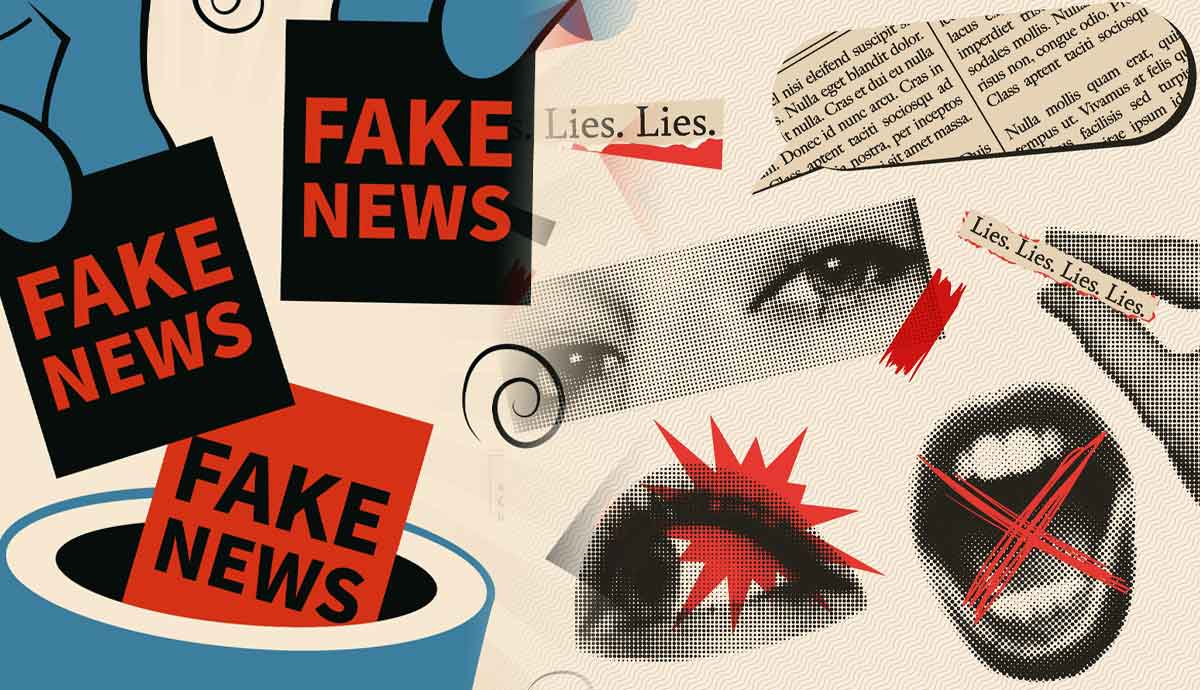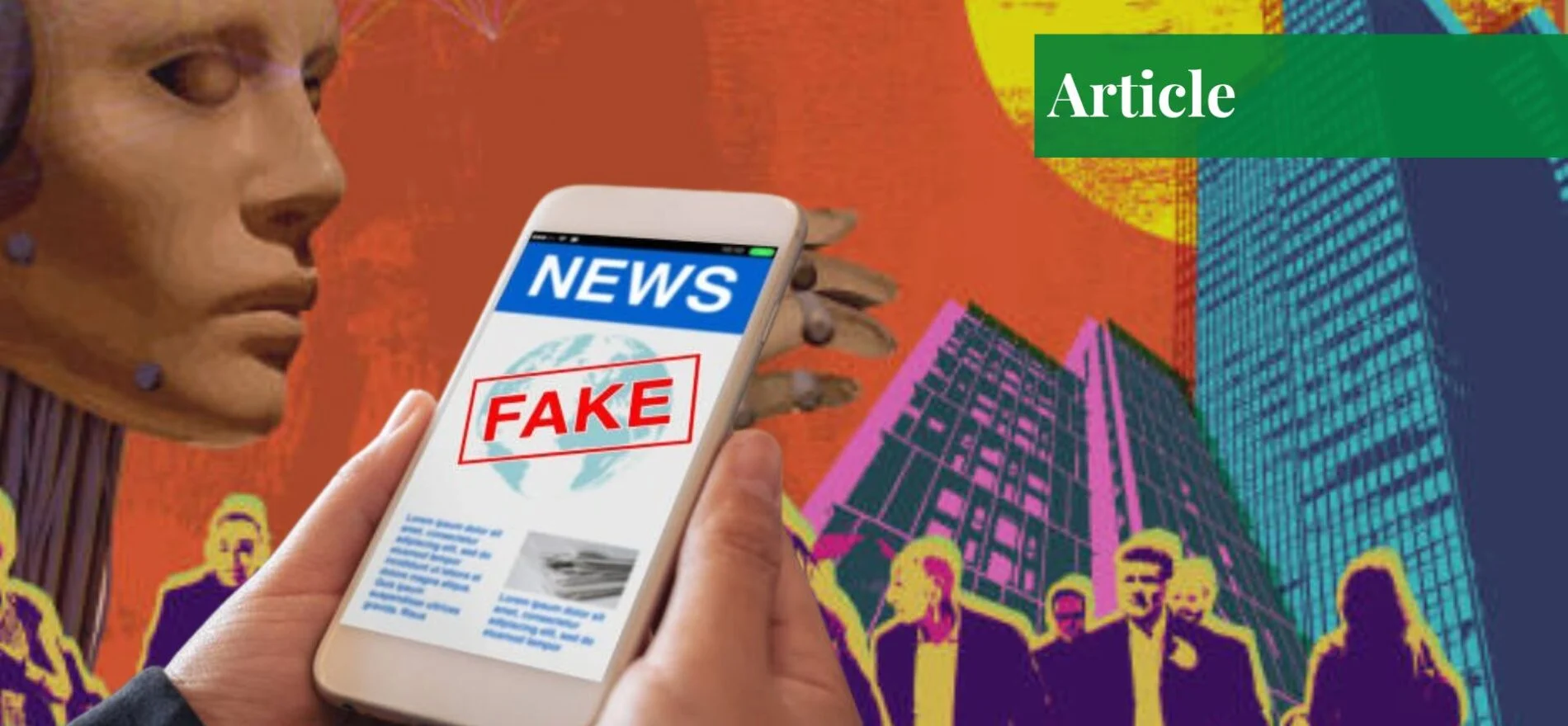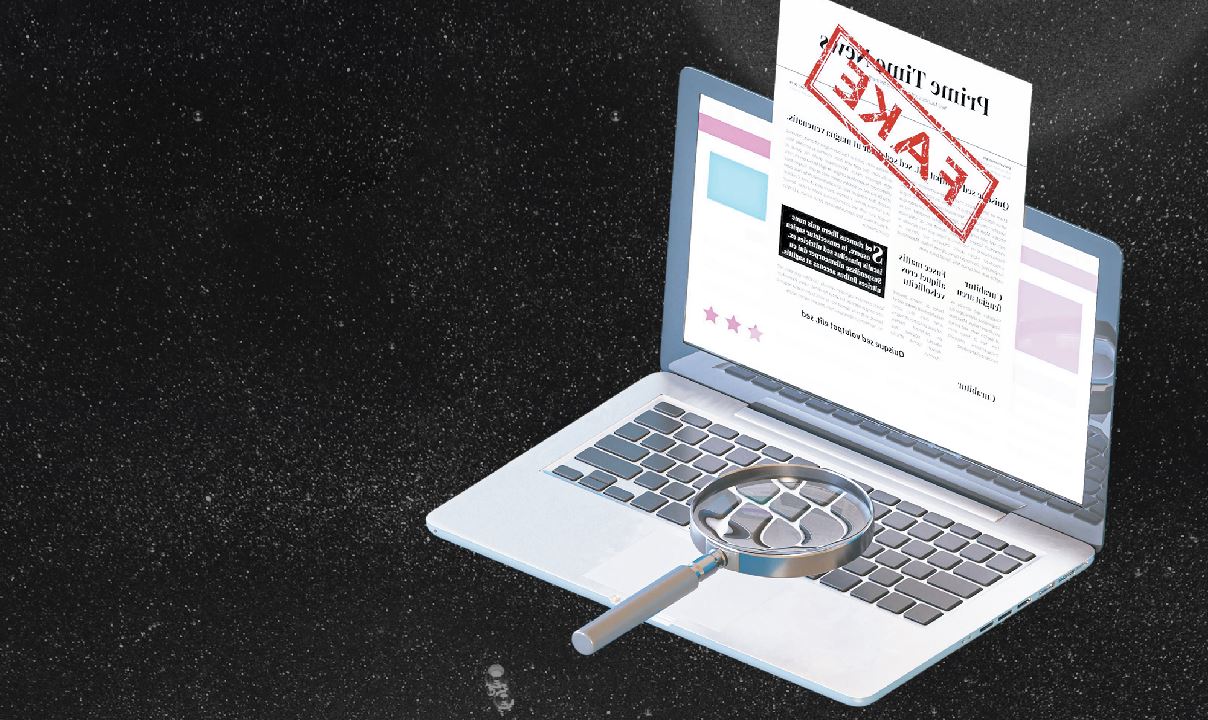Fake News: A Contemporary Challenge in theDigital Age
With information at our fingertips, the proliferation of fake news stands as a formidable challenge to the very foundations of democratic societies. Fake news, often defined as deliberately false or misleading information presented as news, has surged in prominence due to the democratization of content creation and dissemination on the internet. This essay delves into the intricacies of fake news, its origins, impacts, and potential remedies.

Origins and Evol
The concept of fake news is not new. Historically, propaganda and misinformation have been tools wielded by those in power to manipulate public opinion. However, the digital age has magnified the reach and immediacy of such misinformation. With the rise of social media platforms and user-generated content, anyone can now create and share news stories, often without the rigorous editorial oversight that traditional media outlets adhere to.
Furthermore, the algorithms that power many online platforms are designed to prioritize content that garners the most engagement. This "click-driven" model inadvertently rewards sensationalism and controversy over accuracy, providing fertile ground for the spread of fake news.
The Global Dimension of Fake News
While the phenomenon of fake news is often discussed within the context of individual countries or regions, its impact is undeniably global. In an interconnected world where information transcends borders instantaneously, the repercussions of misinformation are not confined to specific geographic locations but reverberate across continents, influencing perceptions, policies, and international relations. The global dimension of fake news underscores the need for collaborative, multilateral efforts to address the issue, recognizing that the spread of misinformation in one part of the world can have far-reaching implications for global stability, cooperation, and trust.
Impacts on Society
The ramifications of fake news are profound and multifaceted. At an individual level, exposure to false information can distort perceptions, reinforce biases, and erode trust in credible sources. This can have far-reaching consequences, from influencing voter behavior to fueling social discord and polarization.
On a societal level, the prevalence of fake news undermines the very fabric of democratic discourse. When facts become malleable and truth becomes subjective, the foundational principles of informed public debate and collective decision-making are jeopardized. This erosion of trust in institutions and fellow citizens can have long-lasting implications for social cohesion and governance.
Challenges and Complexities
Addressing the issue of fake news is fraught with challenges. The decentralized nature of the internet makes it difficult to regulate or censor content effectively without infringing on freedom of speech. Moreover, the rapid pace at which information spreads online often outstrips the ability of fact-checkers and authorities to debunk false narratives in real time.
Additionally, the subjective nature of truth in the digital age complicates matters further. With the proliferation of alternative facts and echo chambers, individuals are increasingly retreating into ideological bubbles, making them more susceptible to misinformation.
Towards a Solution
Combatting fake news requires a multi-pronged approach that addresses both the supply and demand sides of the equation.
1. Media Literacy: Promoting media literacy and critical thinking skills is crucial in empowering individuals to discern credible sources from unreliable ones. Education systems and civil society organizations play a pivotal role in fostering a discerning public.
2.Platform Accountability: Social media platforms must take greater responsibility for the content that circulates on their platforms. This includes investing in robust content moderation mechanisms, enhancing transparency around algorithms, and collaborating with fact-checkers and researchers.
3. Regulatory Frameworks: While regulatory interventions must tread carefully to avoid stifling free speech, there is a growing consensus on the need for regulatory frameworks that hold platforms accountable for the spread of false information.
4. Collaborative Efforts: Addressing the challenge of fake news necessitates a collaborative effort involving governments, tech companies, civil society, and the media. Initiatives such as the "Trusted News Initiative," which brings together major news and tech organizations to combat disinformation, exemplify the potential of collective action.


You must be logged in to post a comment.